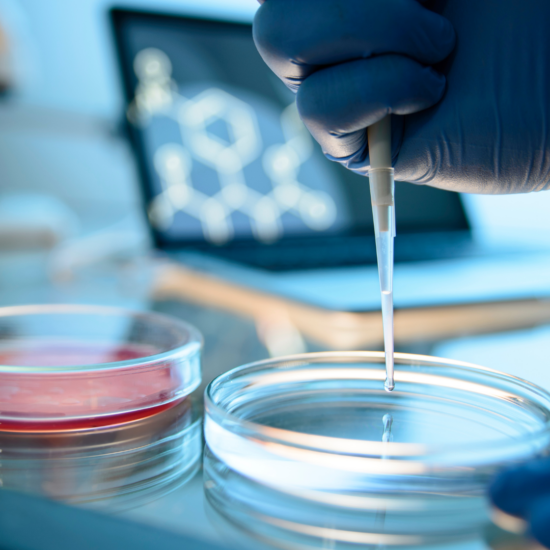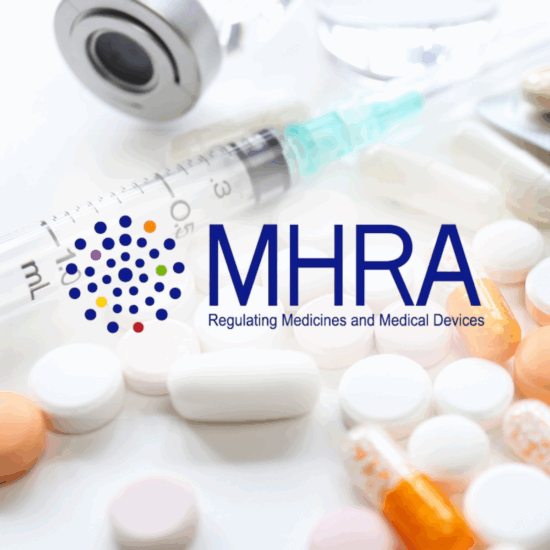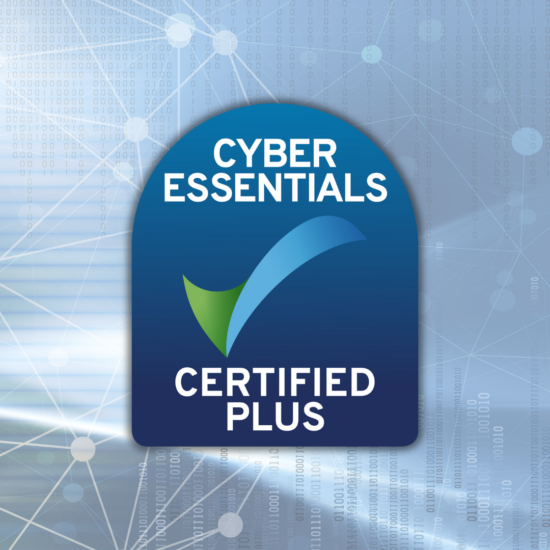New UK Clinical Trials Regulation 2024: What You Need to Know
Published May 29, 2025
Published 18th July 2024

This article outlines the European Commission’s decision, giving manufacturing companies more time to comply with the In Vitro Diagnostic Medical Devices Regulation (IVDR). It also updates the initial timelines based on the IVDR class, the use of EUDAMED, and the new requirement for manufacturers to inform national authorities and the health sector if they suspect possible medical device shortages.
Previously, the deadline for all devices placed on the market had to be in conformity with the IVDR, with various transition periods ranging from May 2025 for the highest-risk devices and May 2027 for lower-risk devices. However, on 25 April 2024, the EC (European Commission) announced new rules giving more time for manufacturers of legacy devices (those with existing certification to the In Vitro Diagnostic Directive 98/79/EC) to transition to the new requirements without compromising safety and mitigate the risk of shortages.
The ‘In Vitro Diagnostic Medical Devices EU 2017/746 Regulation’ (IVDR) is a regulation put into place by the European Union for in vitro diagnostic medical devices (IVD’s). The regulation gives the guidelines for placing on the market, making available on the market or putting into service in vitro diagnostic medical devices for human use and accessories for such devices in the EU. This Regulation also applies to performance studies for in vitro diagnostic medical devices and accessories conducted in the Union.
The European Parliament have since set a strengthened regulatory framework for medical devices and IVDs. The IVDR has been applicable since 26 May 2022. In January 2022, the European Parliament and the Council adopted a staggered extension of its transitional period, ranging from 26 May 2025 for high-risk IVDs to 26 May 2027 for lower-risk IVDs, and to 26 May 2028 for certain provisions concerning devices manufactured and used in health institutions. This extension was not subject to conditions similar to the ones laid down for medical devices by Regulation (EU) 2023/607.
Unfortunately, the regulation for IVD’s have impacted many companies and manufacturers as they have not been able to meet the initial IVDR transition timelines. In recent industry discussions, some barriers that are affecting manufactures are said to be mainly cost. Other general barriers include:
Having IVD’s available in the market is vital for patient healthcare and safety. As a result, the European Commission in January 2024 proposed extending these timelines to give companies the capacity to comply with the IVDR. In addition to the extended timelines, the European commission also wants to improve transparency in the Medical Device industry by accelerating the launch of certain features of the European Database on Medical Devices – EUDAMED.
The purpose of the amendment as mentioned previously, is to extend the transitional period for certain IVDs and to help improve the availability of IVDs in the EU. The new measures include:
The extension of timelines is required to mitigate the risk of shortages of devices, especially high-risk IVDs, in the EU. This is important as high-risk IVD’s are used, for example, to test for infections in blood or organ donations or for blood grouping for transfusions.
The amendment also addresses the gradual roll-out of EUDAMED. The purpose of EUDAMED is to enhance traceability, co-operation and transparency of medical devices in the EU.
The amendment removes the concept that the use of EUDAMED can only become mandatory when all its modules have been declared fully functional. Instead, the new wording of the amendment allows a gradual implementation of individual EUDAMED modules once they have been audited and declared functional.
Finally, the amendment covers a new regulation where manufacturers are required to give prior notice if they anticipate a disruption in the supply of certain IVDs or medical devices. They must provide this information 6 months in advance to competent authorities, as well as distributors and healthcare providers. This will allow them enough time to take action to guarantee patient care. The economic operators who have received the information from the manufacturer shall inform without undue delay any other economic operators, health institutions and healthcare professionals to whom they directly supply the device of the anticipated interruption.
The extension of deadlines for manufacturing companies is dependent on the class of IVD in question. These extensions are only applicable to ‘legacy devices’, i.e. those covered by a certificate or declaration of conformity issued under Directive 98/79/EC before 26 May 2022. The extended timelines are as follows:
Healthcare professionals, industry and competent authorities have stated during the IVDR transitional period, supplies of numerous medical devices and IVDs have reduced or were likely to be stopped. In certain instances, where alternative devices are not available, the disruption of device supplies can put patients or public health at risk. Thus, manufacturers are now required to give prior notice if they anticipate a disruption in the supply of certain IVDs or medical devices.
Lastly, the amendment aims to enable a gradual implementation of individual EUDAMED modules once they have been audited and declared functional. Mandatory use of several modules could then start as early as Q4/2025.
Three Eudamed modules have been available for voluntary use: Actors since December 2020 and UDI/Devices and Notified bodies/Certificates from October 2021. Two further modules: Market Surveillance and Post-Market Surveillance and Vigilance are expected to be completed in Q2/2024. The last module Clinical investigations/Performance studies will not be completed before Q3/2026.
The use of EUDAMED will improve transparency and provide information on devices within the EU market, helping to monitor the availability of devices.
In conclusion, the EC are aware that many IVD manufacturing companies were finding it hard to meet the IVDR transition deadline, thus extending the timelines in the current amendment. The amendment also calls for a new requirement where manufacturers are to inform national authorities and the health sector if they suspect a possible disruption in the supply of certain medical devices. Lastly, they are calling for the gradual roll-out of EUDAMED for medical devices. The overall purpose of the amendment is to ensure continued patient care in instances where certain devices may be discontinued thus the deadline has been extended.
A forward-thinking Regulatory Consultancy, DLRC takes the time to understand individual needs and find creative solutions for regulatory challenges. From early regulatory engagement during device development to clinical investigations, medical device certification, marketing applications, and post-market activities, our highly experienced team helps maximise value throughout the product lifecycle.
Our clients range from Top 5 Global Pharma companies to small start-ups and Biotech’s. Our adaptable approach and collaborative working style ensures that we can fulfil project requirements taking into account required expertise, resources, timelines and budget.
To find out how DLRC can support your regulatory goals, email our regulatory experts at hello@dlrcgroup.com or use the link below.

Published May 29, 2025

Published May 29, 2025

Published May 01, 2025

Published Apr 28, 2025

Published Apr 25, 2025

Published Apr 11, 2025

Published Mar 31, 2025

Published Mar 27, 2025

Published Mar 27, 2025